Idaho’s vast wilderness faces new challenges as communities rally to restore the landscapes lost to the Wapiti Fire of 2024.
In a year marked by devastating wildfires across the West, California once again faced intense blazes that scorched thousands of acres, destroyed homes, and choked the skies with smoke. But while much attention has been on the Golden State, Idaho also saw its share of destruction—most notably the Wapiti Fire of 2024, which tore through the Sawtooth Wilderness.
The process of restoring Idaho’s fire-ravaged landscapes is challenging, most notably because of a shortage of pine seedlings. But community groups, including the Idaho State Society, Daughters of the American Revolution (ISSDAR), are getting involved and raising money for the reforestation effort through initiatives like Project Pinecone.
Idaho’s Wild Landscapes: A History of Conservation
To many, Idaho is famous for potatoes and the blue turf of Boise State Football, but obviously Idaho is so much more. It’s a vast system of protected lands sprawling throughout this remote part of the country—approximately 63% of the state is public land managed by multiple agencies, including BLM, the National Forest Service and the National Park Service. The National Park Service oversees several units, most notably Craters of the Moon National Monument. And while there is no actual National Park in Idaho (we can ignore the “murder sliver” of Yellowstone), there is no shortage of access to serene craggy vistas, pristine lakes and breathtaking biodiversity throughout the rugged mountain ranges and high deserts.
Within the lower 48 states, Idaho is second only to California in total protected wilderness. Idaho also houses the largest roadless wilderness area, the Frank Church River of No Return Wilderness at nearly 2.4 million acres. Known for its multi-day river trips on 100 miles of the undammed Salmon river, this wilderness was named after senator Frank Church, who served as Idaho’s (last) democratic senator, representing the state from 1957-81.
His fierce advocacy for protection of public lands helped create the national wilderness system, and he sponsored the Wilderness Act in 1964, as well as the Wild and Scenic Rivers Act in 1968. His passion for preservation led to the establishment of several protected areas in his home state, notably the River of No Return Wilderness (the “Frank Church” prefix was added by President Reagan in 1984) and the Hells Canyon National Recreation Area.
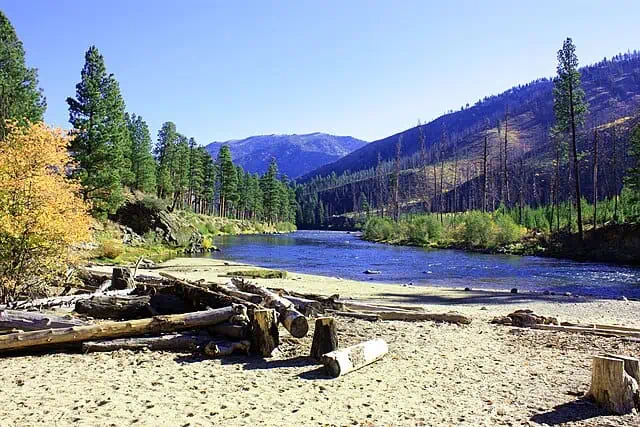
Church also recognized the value in maintaining the sprawling landscapes of the Sawtooth mountains. Anxious to prevent urbanization of the valley below, as well as protect the virgin lands for continued recreation for the people, he was instrumental in establishing the Sawtooth Wilderness and National Recreation Area in and around Stanley, Idaho.
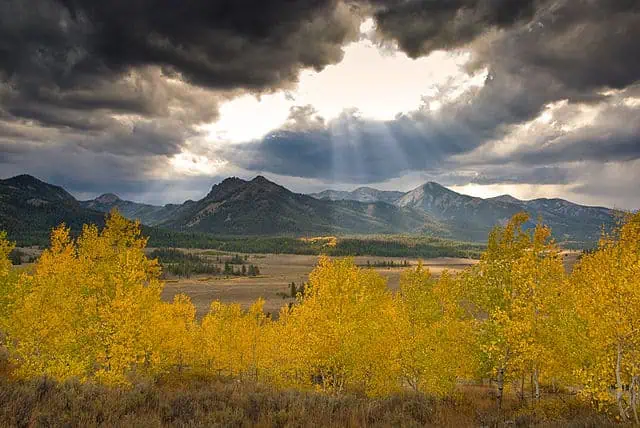
The 730,800 acres include not only the Sawtooth, Hemingway–Boulders, and Cecil D. Andrus–White Clouds wilderness areas, but hundreds of miles of trails, countless mountain lakes, and rivers which provide endless fishing and white-water experiences.
The most notable lake—and favorite of many Idahoans—is Redfish Lake near Stanley, perhaps the epicenter of quintessential Idahoan vistas. Memories made by generations of families often include the forests and lakes around Stanley and the surrounding Sawtooth NRA.
Read Sheryl’s blog post
“5 Must-Visit Destinations in Idaho”
The Cost of Fire: How Wildfires Shape the Past, Present, and Future of Idaho’s Public Lands
But maintenance and protection of our public lands come with a cost. Throughout the decades, management strategies and demands for access to lands have changed. The threat of fire has been a constant. Increased use poses risks of spreading man-made fires, though the biggest threat comes from unpreventable natural fires, sparked by lightning storms which rapidly pass over the ranges.
The Great Fire of 1910, known by many as The Big Burn, ravaged 3 million acres of Northern Idaho forests over a two-day period in August. Fueled by winds, drought and heat, the Big Burn was a catastrophe of epic proportion and opportunity. At least 78 firefighters died: all 28 members of “The Lost Crew” succumbed to the fire, and it remains the second most deadly firefighting event (only behind the 9/11 attacks).
Some good did come out of the Big Burn, including increased awareness of the devastation caused, as well as stories of unmatched heroism. Ed Pulaski (creator of the Pulaski hand tool, now routinely used in wilderness firefighting) saved his 44-man crew by hiding in a mine tunnel; a marker for him and a hike to the tunnel is memorialized in Wallace, Idaho. This particular fire also helped spur Congress to increase the budget for fire prevention and management.
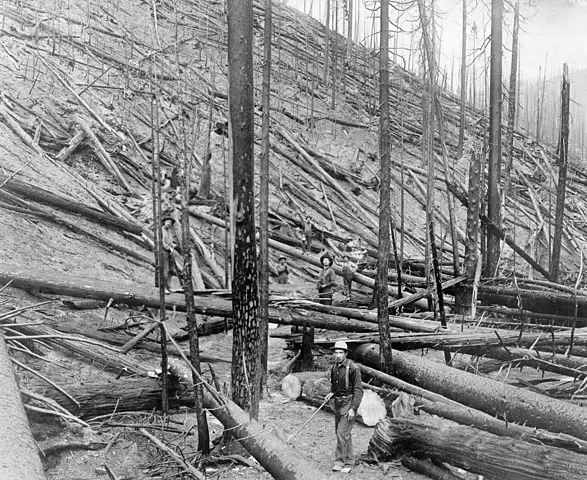
Over a century later, the effects and widespread nature of fire have not diminished. In 2024, at least 66 wildfires were reported in the state. The impact of these fires was not inconsequential. Over 1.5 million acres burned in Idaho alone. Air and water quality were affected throughout Idaho and neighboring states. In Boise and the Treasure Valley, there were weeks where the air quality was labeled “dangerous” without reprieve. Lakes were closed to allow for planes to scoop water. Campsites and National Forest structures were burned in addition to the destruction of homes and private land.
The Wapiti Fire of 2024

Perhaps no fire in Idaho impacted as many as the Wapiti fire. It started July 24th, and burned over 130,000 acres including areas of the Boise, Sawtooth, and Salmon-Challis National forests, and notably within the boundaries of the Sawtooth Wilderness and National Recreation Area.
The fire closed state highways. River trips, planned for many months, had to be cancelled or rescheduled. Campsites and backcountry permits were revoked, and the area deemed ‘closed’ for months. Tourism, a major source of income for the otherwise sleepy town of Stanley, slowed drastically.
Wildland firefighters, Hot Shot crews from around the country, and local law enforcement agencies worked diligently and heroically to protect not only the forests and meadows, but the homes, lives and livelihoods in Stanley itself. Though it took multi-agency coordination and work to eliminate the threat of fire, the future of the national forest remains threatened.
Project Pinecone
The forests of the Stanley basin are a unique mix of conifer trees. This forest has served as a nursery source for reforestation efforts for other areas throughout the Pacific Northwest. Unfortunately, nursery seedlings from these forests have already been relegated to other burn scars, and there remains not enough seedlings for local reforestation efforts. In fact, only enough seedlings for 50 acres remained in the local nursery.
A number of organizations, both public and private, are actively involved in reforesting fire-damaged lands in Idaho, including the U.S. Forest Service and National Forest Foundation. Desperate to help restore the beloved region, the Idaho State Society, Daughters of the American Revolution (ISSDAR) reached out to the Sawtooth National Forest to learn how they could help. After a quick “Pinecone [and Reforestation] 101” lesson from Forest Ranger Nelson Mills, ISSDAR established “Project Pinecone,” a grassroots fundraising campaign to help with reforestation efforts in and around the Stanley basin.
The goal of Project Pinecone is to help raise awareness of and funds for the job of “Pinecone Pickers.” Pickers have approximately three weeks a year where the harvesting of healthy cones can occur. Teams of two work to climb to the top of trees to collect approximately 8 bushels of healthy pinecones daily. A bushel yields 350 cones, each of which provides 25 seeds (bushel = 70,000 seeds). Of that, about one in three seeds will yield a sapling which can be planted.
Recent evaluation of the fire-ravaged area revealed an area of approximately 480 acres with repeated burn scars so severe that Mother Nature alone cannot hope to restore. Idaho DAR members set an initial goal to raise $15,000: funds for six days of pinecone picking and enough for 140,000 saplings to reforest the entirety of the most damaged area. At last count, the campaign which began in November was very close to reaching their goal.
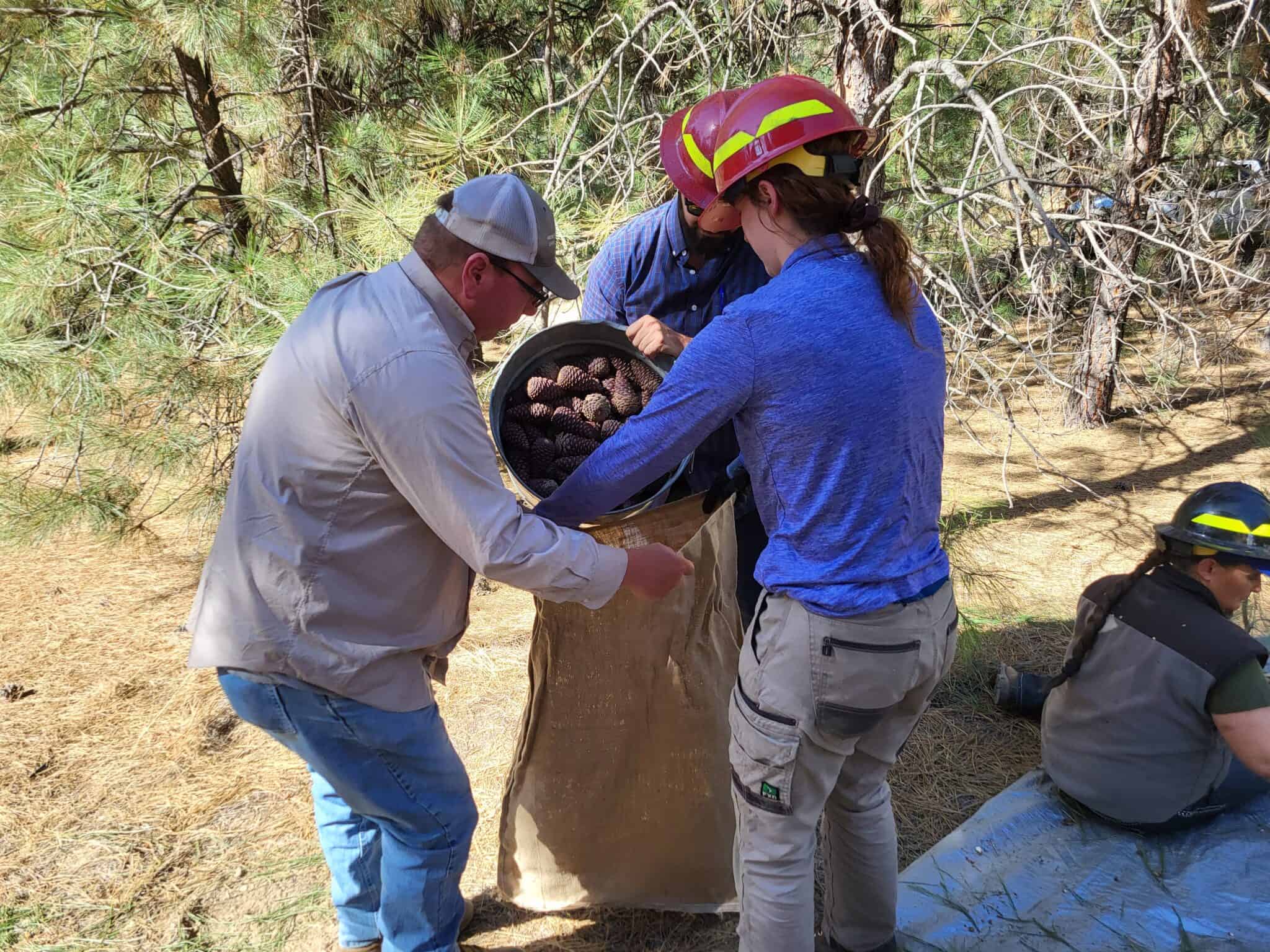
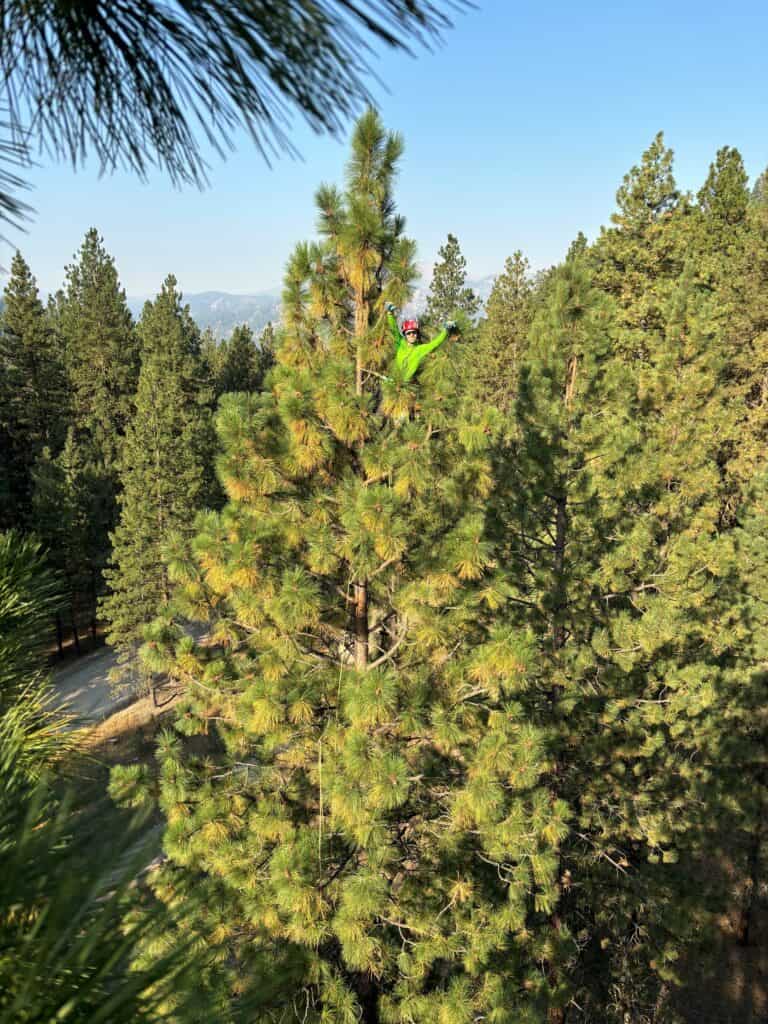
“We have been overwhelmed by the response to our campaign,” notes Idaho State Regent Janice Beller. “It just provides further evidence of how much visitors to the Stanley area are forever changed by the beauty and serenity they find among the trees, lakes and iconic mountains.”
In addition to individual donations, Boise Cascade, an Idaho-based wood products company, offered to match donations (up to $2500) in a push to help meet the goal. Idaho Power has also become a corporate sponsor.
Donations to Project Pinecone are tax-deductible and can be made through www.issdar.org. Alternatively, donations via check are accepted as well. Please email regent.issdar@gmail.com for information. The fundraiser will continue through May 2025.
Idaho’s wild landscapes have long been shaped by fire, resilience, and the dedication of those who cherish them. As the forests recover from yet another season of destruction, they serve as a reminder of both nature’s power and its fragility. Preserving and protecting Idaho’s Wilderness for generations to come is the responsibility of all those who enjoy public lands.
June 2025 update: Janice Beller and DAR announced that Project Pinecone raised $25,000 to support reforestation in the Sawtooth National Forest. “We expect the first trees—the first seedlings—to be planted within the next two to three years,” Beller said.
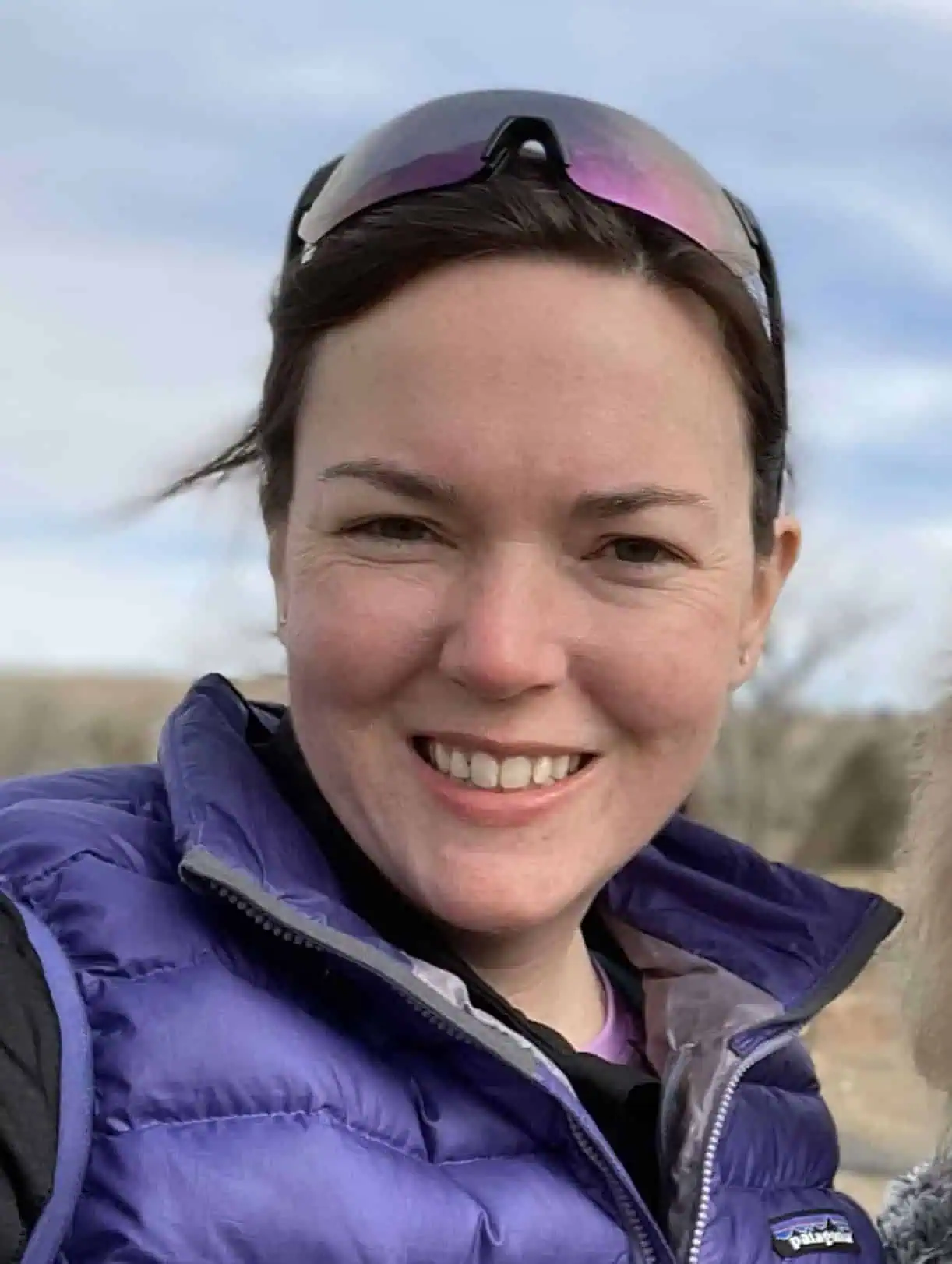
Sheryl Kepping is an Emergency Medicine Veterinarian in Boise, Idaho. She is a member of DAR through an ancestor who was a Prisoner-of-War guard near Valley Forge.
Top photo of firefighters on the Wapiti Fire in Boise National Forest, September 2024, by Kyle Miller/USFS

